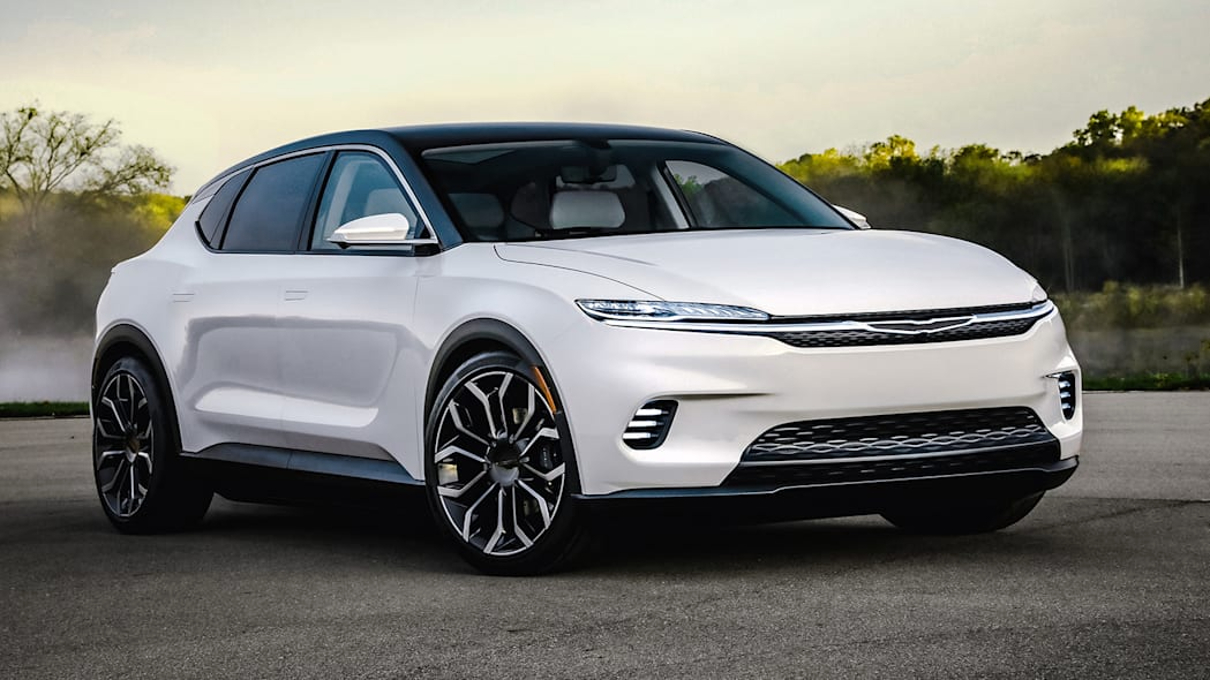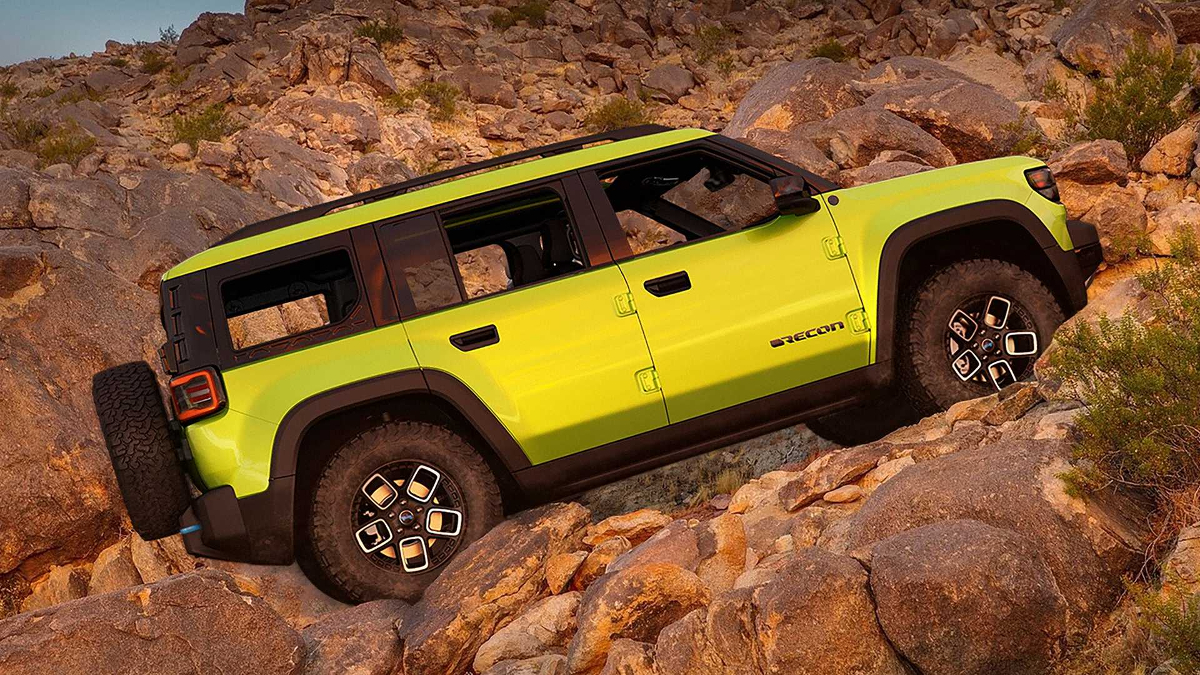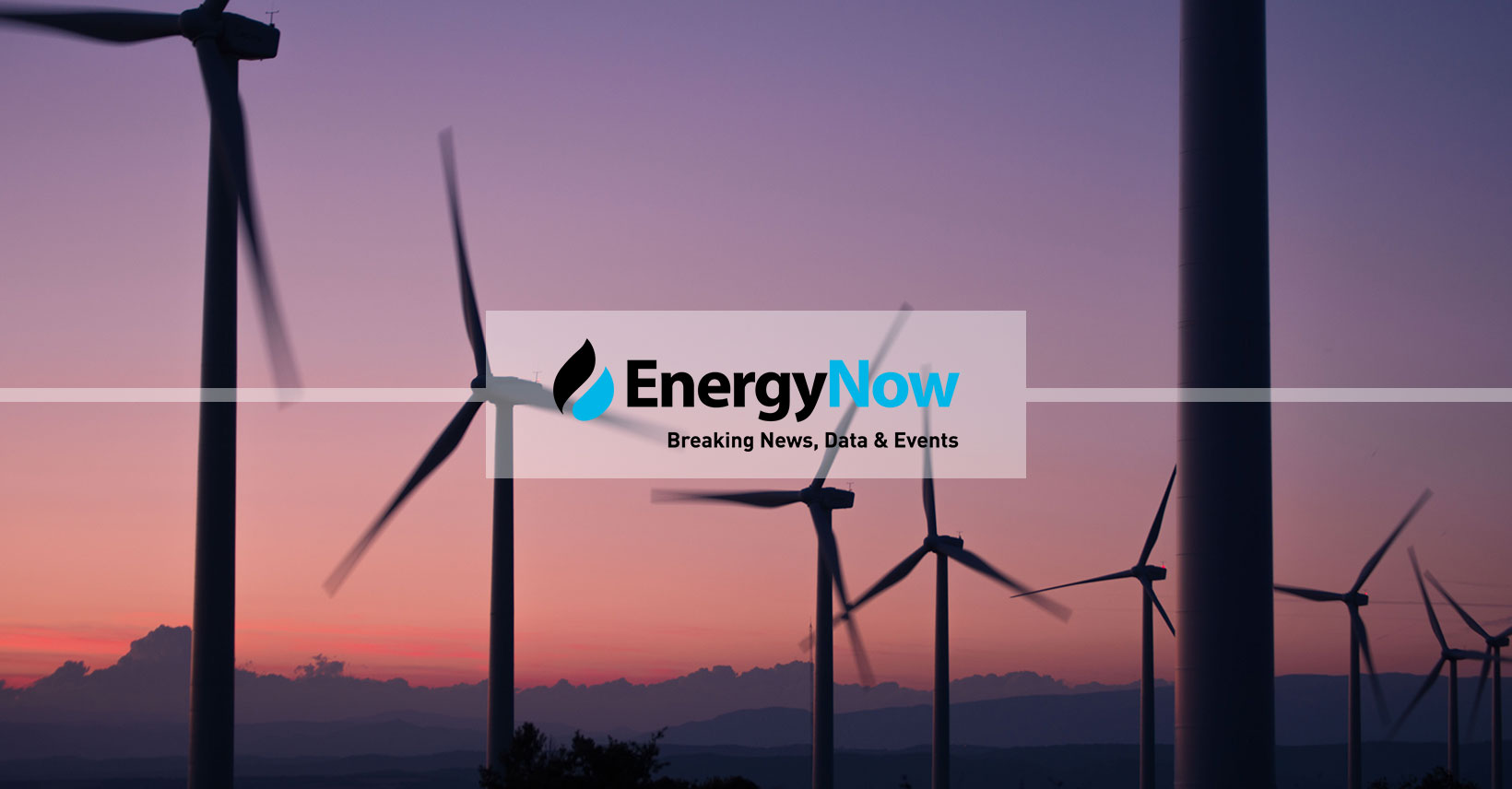
Stellantis, the oddly named conglomerate created in 2021 that brought Fiat Chrysler and PSA together under one corporate roof, has never been a leader of the EV revolution. Sergio Marchionne, who was the head of Fiat Chrysler before the merger, begged people not to buy the first edition of the Fiat 500e because he said the company lost too much money on each car sold.
In North America, most people have never heard of Stellantis but are familiar with the Dodge, Jeep, Chrysler, and Ram brands, none of which is associated with pushing the envelope on electric cars. That is about to change. Ram is working on an electric pickup truck to meet the challenge from Ford and Chevrolet. Dodge says it has battery electric versions of its Charger/Challenger muscle cars coming that will outperform even the mightiest of its legendary muscle cars. And Chrysler has teased a future battery electric sedan that may or may not be called the Airflow, a nod to a prior (and spectacularly unsuccessful) sedan introduced in 1934.
In auto manufacturing today, most companies start with a platform, sometimes referred to as a tool kit. There are certain hard points that have to be standardized between various models in order to make them in large numbers profitably. Things like where the front and rear wheels get attached to the chassis, where the engine and transmission mounting points are, and where the vents for the climate control system will be located.
The cars built on the same platform may look very different on the outside, but under the sheetmetal, they will have many things in common. The wheelbase or width may vary, but the wheels still get attached in the same location, the engines and transmissions all bolt into the same places, and the ductwork behind the dash is identical.
For electric cars, the concept is the same, but the components are different. There are no engines or transmissions to install, but battery packs, motors, inverters, and such are designed to fit a common platform. The best current example of this is the MEB platform used by Volkswagen for its ID. electric cars. To date, it serves as the basis for the ID.3 hatchback sedan, the ID.4 and ID.5 SUVs, the ID.7 sedan, and the ID. Buzz. Put them side by side and they look nothing like each other, but they share a common platform.
Stellantis Introduces STLA Medium Platform
Stellantis has now released details about its latest EV platform, known as the STLA Medium, which it says will become the basis for many of the battery electric models it plans to introduce in the next few years. The company’s goal is for all the cars it sells in Europe to be BEVs by 2030. Its goals for North America are more modest, with half of its cars sold there to be battery powered by 2030. Stellantis says the STLA Medium platform is the right size for 26 of the models it currently manufactures.
The company will meet the needs of all other models by using one of the other BEV platforms it is working on, known as STLA Small, STLA Large, and STLA Frame. It seems a safe bet that last one is meant for electric pickup trucks and vans.
“STLA Medium is intended to be manufactured in many countries: France, Italy, Germany and then in North America in different locations,” CEO Carlos Tavares said. Further locations could be added at a later stage, according to Tavares.
According to Car and Driver, the STLA Medium platform will feature 400-volt architecture and 20% to 80% battery recharging times of about 27 minutes using a DC fast charger. Two battery sizes will be offered. The larger battery will have a usable capacity of 98 kWh, which should provide for a range of about 370 miles using the EPA standard. A smaller battery will also be offered. Stellantis has provided no details but says it will have an EPA range of around 265 miles (which is precisely the range of the current Chevy Bolt). Both battery packs will have the same exterior dimensions, the better to promote efficient installation into the STLA Medium platform.
FWD or AWD
Stellantis says the new platform will be capable of handling dual motors. Cars with one motor will be front-wheel drive. Power numbers are expected to range from 214 horsepower (160 kW) up to 382 horsepower (285 kW). No acceleration or torque information has been given.
Car and Driver says the first car sold in North America is expected to be a sedan that will carry the Chrysler badge, although whether it will be called Airflow or not is unknown. Whatever it is, it won’t be in showrooms any time soon. The company does say the platform will have “high off-road capability,” which strongly suggests it will find its way into a Jeep branded vehicle eventually. Stellantis did show off a concept electric Jeep called the Recon last year that closely resembles the look of the new Ford Bronco and the upcoming Scout off-road vehicles from Volkswagen.
The magazine first said 2026 was the year the first STLA Medium based vehicle would arrive in North America, but Stellantis has since backed away from naming any date when the car might be available. It did say it expects the new platform to be the basis for around 2 million new cars by 2030. The company sold 6 million cars last year.
Why 400 Volts?
A few years ago, 400 volts was the standard of choice for most electric cars. According to Cars Guide, Tesla uses 350 volts for the Model 3 and Model X, 375 volts for the Model S, and 400 volts for the Model Y. But things are changing as manufacturers begin switching to 800-volt architectures. Although they cost more to engineer, they permit cars to charge significantly faster.
The higher voltage creates a lower current, which reduces heat. That in turn reduces power demands from battery cooling systems. Lower current also means charging cables can be thinner and less cumbersome, while some electrical components in the car can also be thinner and smaller, making the car lighter and more efficient.
Hyundai just announced it is investing $80 billion to up its EV game. A significant part of that will go to the development of its new 800-volt Integrated Modular Platform that will replace the E-GMP platform that has been the foundation of most of its electric cars presently on the market.
So, why is the STLA Medium designed around the 400-volt standard? Stellantis CEO Carlos Tavares told the press this week the main reason the company decided to go in that direction was to help keep the upcoming EV models affordable. He did say that the STLA Medium platform was designed to accept an 800-volt system, so it’s possible to introduce that upgrade in the future. The new platform is also designed to accept other powertrain configurations, which leaves the door open for plug-in hybrid models if there is a demand for them.
The company says the STLA Medium platform will be compatible with new battery technologies as they become available, whether that means solid-state batteries or those that avoid the use of nickel and/or cobalt. The first car to use the new platform will be the next edition of the Peugeot 3008.
The Takeaway
The reaction among the stable of writers here at CleanTechnica is the sound of one hand clapping. While it is good to see Carlos Tavares finally taking EVs seriously, the new platform breaks no new ground and still has one foot planted in the past. There is little sense that Stellantis is pushing to be a leader of the EV revolution rather than a follower on a path blazed by others. Will the STLA Medium platform be good enough? Ask us in 2026.
I don’t like paywalls. You don’t like paywalls. Who likes paywalls? Here at CleanTechnica, we implemented a limited paywall for a while, but it always felt wrong — and it was always tough to decide what we should put behind there. In theory, your most exclusive and best content goes behind a paywall. But then fewer people read it! We just don’t like paywalls, and so we’ve decided to ditch ours. Unfortunately, the media business is still a tough, cut-throat business with tiny margins. It’s a never-ending Olympic challenge to stay above water or even perhaps — gasp — grow. So …





